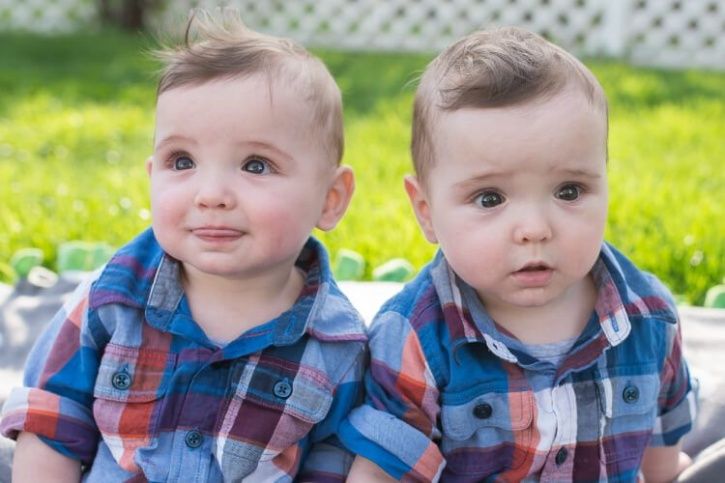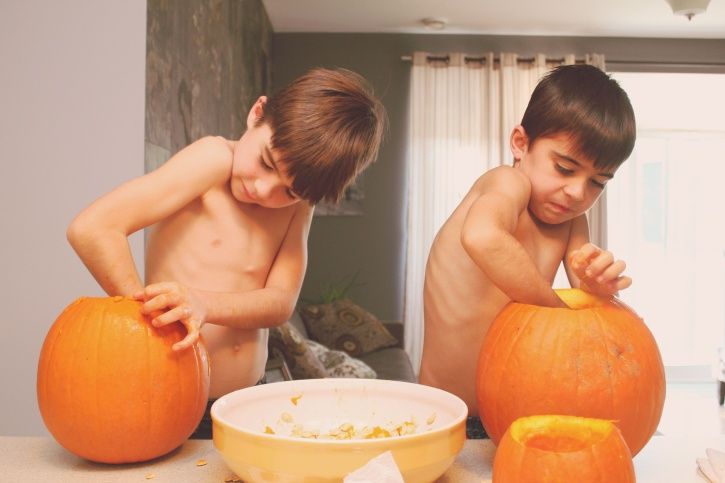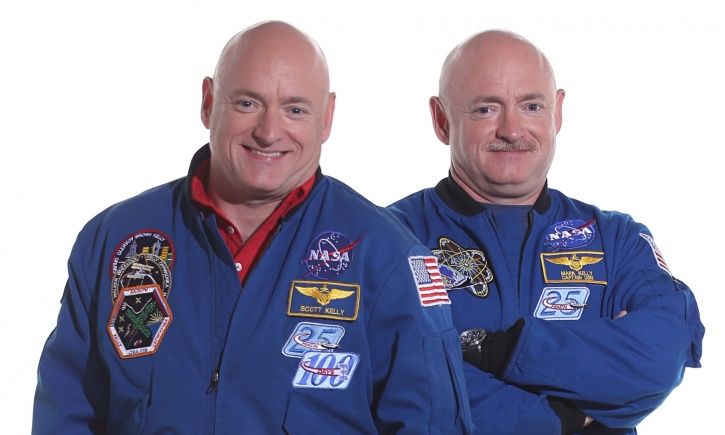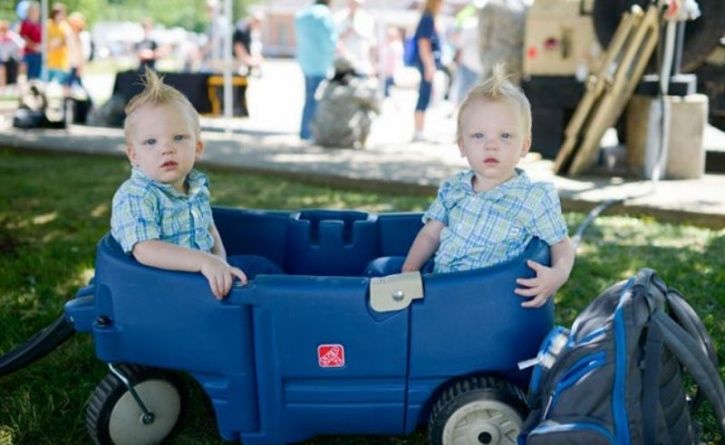Twins are fascinating. They are inseparable as siblings and adorable as hell. Perhaps this is the reason why many women opt for diets that increase their chances of conceiving twins. The bundles of joy are their parents’ pride and the wondrous things they do make us feel more captivated by them.
With so many pairs around us, we often wonder what makes twins so unique. They can do more than just ‘twin talk’ or read each other’s minds – they can literally make science seem like the most interesting subject on the planet!
Let’s look at 11 facts about twins that you probably didn’t know.
1. Twins love twin-talk
Some twins often indulge twin-talk – a language invented by the pair that appears to be gibberish to the world but to them it makes perfect sense. As per a journal published in Institute of General Linguistics, twins sometimes use each other as models for learning words and applying meaning to the sounds they produce. Their special language fades away by the time they start school.

GETTY IMAGES
2. Twins do not have the same fingerprints
Many believe that twins have the same fingerprints but it’s not true. They are same in many ways as they have several resemblances with one another and even share DNA, but the one thing that is different are their fingerprints. Since these impressions are determined by DNA, nutrition and hormonal levels in the womb, and growth rate, the twins have unique sets of lines on their digits.

DAILY BHASKAR
3. Twins are mind readers
It’s no secret that twins can sense when the other one is feeling distressed or happy. The special connection between them transcends normal human behaviour as the two can sometimes ‘share a brain’ and respond to a situation in identical ways. A fascinating example is that if the pair studies for an exam, they can each remember half the material and share it with their minds to save preparation time!

HETLETSMAKESTUFF
4. Twins bond in their mother’s belly
Twins are inseparable and it can be attributed to the bond they form in their mother’s belly. Scientists from University of Padova in Italy studied 3D ultrasound videos of five pairs of twins in the womb. At 14 weeks, the foetuses reached out for each other and touched their heads. When they were 18 weeks old, they stroked each other more, nearly 30 per cent of the time. And they became extra gentle towards one another when touching one another’s eyes.

UNSPLASH
5. Twins can be conceived by a twin-inducing diet
Women often opt for a twin-inducing diet that increases their chances of conceiving twins. According to a study published in the Journal of Reproductive Medicine by Dr. Gary Steinman, women who eat dairy foods can have increased chances of conceiving two babies. He explains in the British journal The Lancet that the level of a certain protein called IGF is 13 times higher in women who consume dairy than those who don’t such as vegans. IGF increases the ovaries’ sensitivity to follicle stimulating hormone, which triggers ovulation. Older women, women who are obese, and women who breastfeed are also have a higher chance of making twinsies.

UNSPLASH
6. Identical twins are not completely identical
Because twins come from the same egg, they appear indistinguishable. It’s sometimes near impossible to tell them apart. But identical twins are not completely identical. Over time, twins can look less alike due to dietary habits and chemical exposures. They develop different personalities and even health issues. A study from Duke University found a set of identical twins in their late seventies; while one had Alzheimer’s, the other twin only had it 40 per cent of the time.

TWINSTUFF
7. Twins help their moms live longer
The two bundles of joy not only act as their mothers’ pride but also play a catalytic role in increasing their mommies’ age. Scientists from University of Utah found that mothers who had twins outlived mothers who didn’t. To prove their theory, the researchers literally studied birth records of more than 59,000 women between 1800 and 1970.

WIKIPEDIA
8. Twins are more than just two kinds
We all know about identical twins and fraternal twins. But there exists a third and a fourth set of ‘half identical twins’ and ‘mirror image twins’ respectively. In the first case, the egg splits into two and both the halves are fertilised. Mirror image twins, on the other hand, are identical twins who develop asymmetrically.

NASA
9. Twins give their moms an extra dose of morning sickness
Almost every expecting mother goes through the uneasy feeling of morning sickness. But mothers expecting twins get an extra dose thanks to their yet to be born babies. The reason behind this is the increased levels of the hormone human chorionic gonadotropin (HCG) produced by the placenta.

GETTY IMAGES
10. Twins can help solve the mystery of their conceiving
Doctors don’t usually require an ultrasound to detect a twin pregnancy. Because there are two babies taking form inside the womb, the doctors can use a stethoscope to hear two tiny heartbeats inside the expecting mother.

AFP
11. Twins make their mothers gain extra kilos
Mothers expecting a single child normally gain 11 to 15 kg during their pregnancy. But if they are pregnant with twins, they can expect to easily put on anywhere from 15 to 20 kgs. Mommies of twins, if you ballooned up during your pregnancy, you now know why. Just kidding.

AFP
So, there you go. Next time you come across a set of twins, tell them they are special!














No comments:
Post a Comment